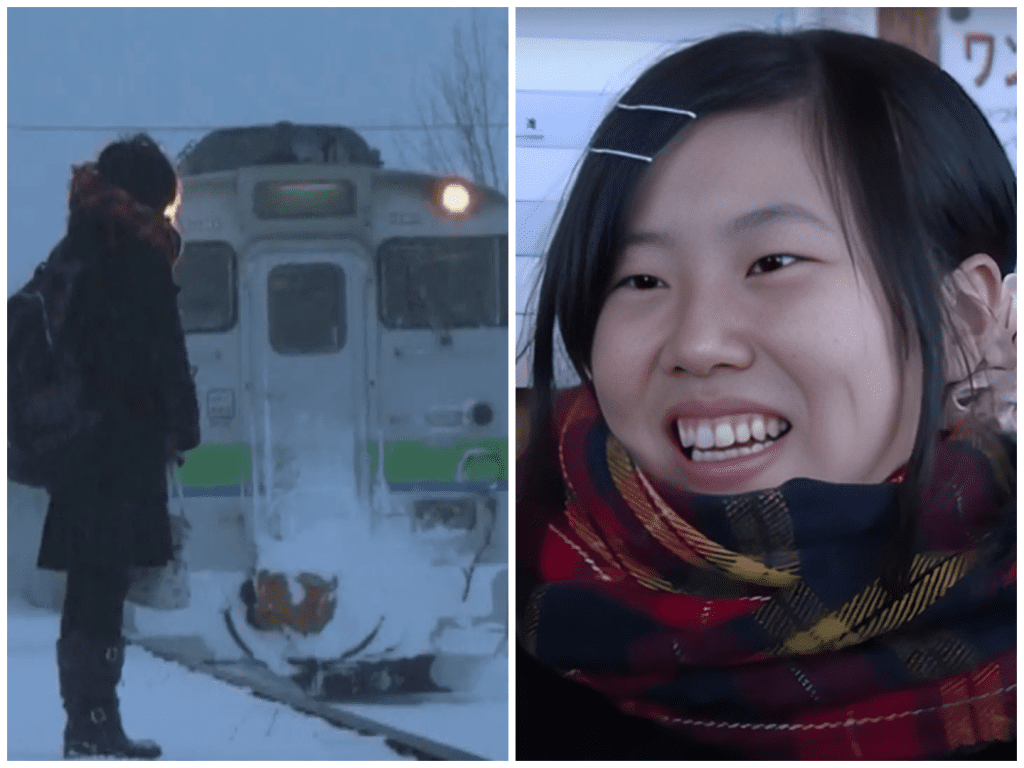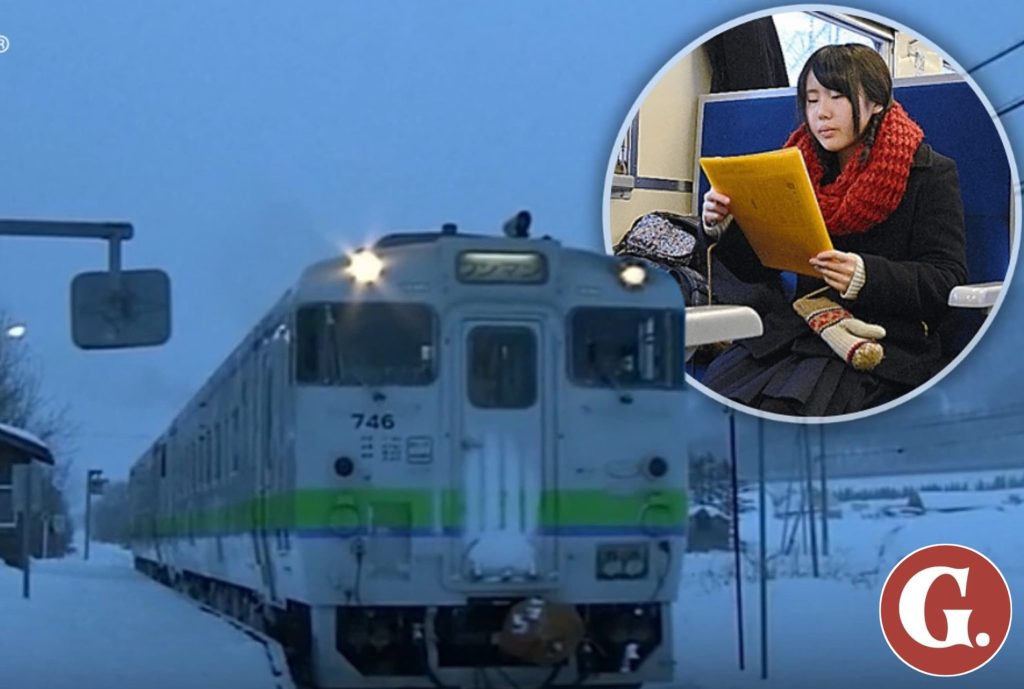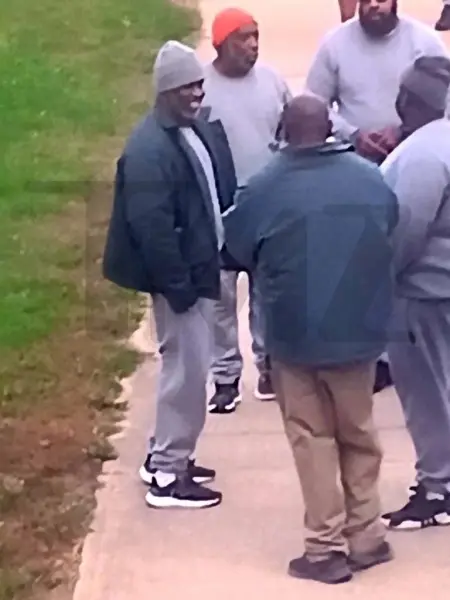A Remote Japanese Train Station Was Set to Close, But Stayed Open for Years Because One Schoolgirl Needed It—Then Quietly Shut Down After Her Graduation
There’s something beautiful about stories that remind us how much the world can still care about one person. No fame, no power—just one life, quietly moving along its path. That’s exactly why the story of Kyu-Shirataki Station and a high school student named Kana Harada still feels like a fairytale, even though every part of it is real.

Back in 2016, the small rural station of Kyu-Shirataki in Hokkaido, Japan, wasn’t seeing much traffic. In fact, it barely had any passengers at all. Japan Railways (JR Hokkaido), the company that managed the line, had already closed dozens of similar stations in the years before. The country’s shrinking rural population and aging infrastructure meant that these little-used stops were no longer sustainable. Kyu-Shirataki was set to be another name on the list.
But there was one complication—a teenage girl. Every day, for years, Kana Harada took the early train from Kyu-Shirataki to her high school in the nearby town of Engaru. It was a long ride, but it was her only option. There was no bus service. The next closest station would have meant a walk of over an hour, often through heavy snow and bitter cold. Closing the station while she was still in school would have made her daily commute nearly impossible.
So, JR Hokkaido decided to wait.
They delayed the station’s closure, adjusting the timetable of two trains to make sure Kana could get to school and back. No big announcement, no headlines. Just quiet consideration for one student’s education.
The station remained open, almost empty, through all seasons. Snow would blanket the platform so thick it looked untouched. Only the quiet creak of a train door would break the stillness as Kana boarded in her school uniform, bundled in scarves, clutching her backpack. She didn’t ask for this. But every day she showed up. Every day she rode that lonely train, like clockwork.
The world didn’t learn about it until right before the end.

In early 2016, a local report about the station’s pending closure was picked up internationally. News outlets from CNN to the BBC ran the story with headlines like “Train Stops Just for One Girl” and “Japan Keeps Station Open for Single Passenger.” The image of the dedicated schoolgirl and the near-empty train sparked global admiration. For many, it felt like a story out of a movie—a powerful moment of community and quiet dignity in a world so often driven by numbers.
But for Kana Harada, it was just her normal life. When reporters finally caught up to her, she was surprised by the attention. She described her daily routine with soft modesty, saying she never thought she was doing anything remarkable. She talked about her hopes to become a nurse, how much she looked forward to graduation, and how grateful she was to the train staff and her small village for supporting her journey.
The station’s final day of operation was March 25, 2016—just one day after Kana graduated. On that day, people came from all over to say goodbye. Some were train enthusiasts, others were just touched by the story. Locals left flowers and messages. There was even a handmade banner thanking the station for its 69 years of service. That last train ride was quiet, with passengers snapping photos and wiping away tears. The moment was not just about the end of a rail service—it was the end of a relationship between a place and a person.
In an age where cost-benefit analysis rules decision-making, this small act of keeping a station open for one student felt like a protest against indifference. It was a reminder that sometimes systems can serve people, not the other way around.
Now, to be clear, there’s some nuance to the tale. Follow-up reporting clarified that the station wasn’t operating solely for one girl in a literal sense. While Kana was the only consistent user, there were occasionally other passengers. And the closure had already been scheduled in line with annual rail timetable changes. But the core of the story still holds: the railway company delayed the station’s closure until Kana completed high school, and they did so knowingly.
That decision may not have made sense financially, but it made a difference. It allowed one girl to continue her education without extra hardship. It gave her a safe, reliable route through some of the coldest winters in Japan. And it gave the world a story about compassion that rippled far beyond a snowy platform in Hokkaido.
Even now, years later, people still talk about that station. It shows up in memes, blog posts, and motivational videos. But more than anything, it shows up in conversations about how we treat each other. What would it look like if more systems valued individuals this way? What would our communities become if we made decisions not just with spreadsheets, but with stories?
Kana Harada eventually moved on. The station is silent now, its signs faded, its tracks still. But the memory of that single student boarding the train every morning still rides with us. It reminds us that sometimes, changing the world doesn’t mean building something new—it just means keeping the doors open a little longer for someone who needs it.


